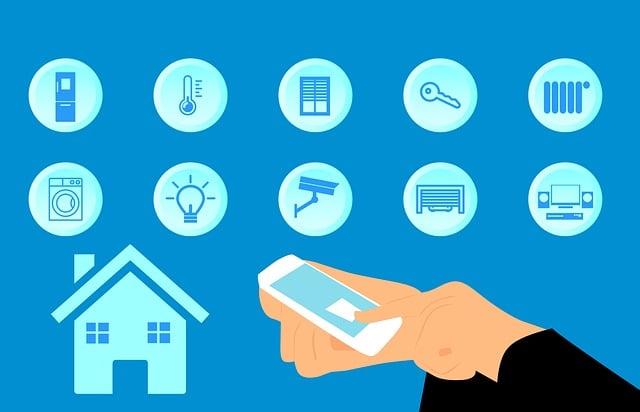
Smart home technology has transformed the way we live—offering convenience, control, and what feels like added security. Cameras, sensors, smart locks, and connected alarms make it easier than ever to monitor and manage your home remotely. But is that sense of safety always justified?
The Illusion of Complete Coverage
Smart systems often create the impression that every inch of your home is protected. But unless devices are placed and configured properly, vulnerabilities remain. It’s common to see outdoor cameras trained on driveways while side doors or ground-level windows remain unmonitored. Some motion sensors miss movement altogether due to poor positioning or calibration.
Physical Security Still Matters
Digital tools can only do so much if the basic physical defenses of a home are ignored. An unlocked basement window, a weakened door frame, or a failing lock are often the real threats—ones that no app alert can truly address. A smart lock might show a door was “locked,” but if the deadbolt is misaligned or the door can be forced, that record is meaningless.
Connectivity Isn’t Bulletproof
Smart systems rely heavily on home Wi-Fi networks and power sources. If your router goes offline or the power is cut, your security system might go dark—without you even knowing. Battery backups and cellular failovers exist, but not every homeowner uses them, and even those systems need regular testing.
Outdated Tech = False Confidence
Like any piece of technology, smart devices need maintenance. Firmware updates, battery replacements, and system checks are all essential. Without them, a “connected” home may be running on faulty information—or no information at all. Many homeowners install systems and forget to maintain them, unaware that what once worked no longer does.
Smart Shouldn’t Mean Complacent
Smart tech is best used as a layer of protection—not a replacement for real-world security practices. Strong doors and windows, good lighting, trimmed landscaping, and regular visual inspections remain just as important as ever.
Final Thoughts
A secure home is one that balances smart technology with physical preparedness and informed vigilance. While it’s easy to feel safe thanks to a sleek app interface and camera feeds, true security comes from understanding both the strengths and the limitations of these systems.
Technology is a tool—not a guarantee. Use it wisely, maintain it well, and always think one step ahead.


